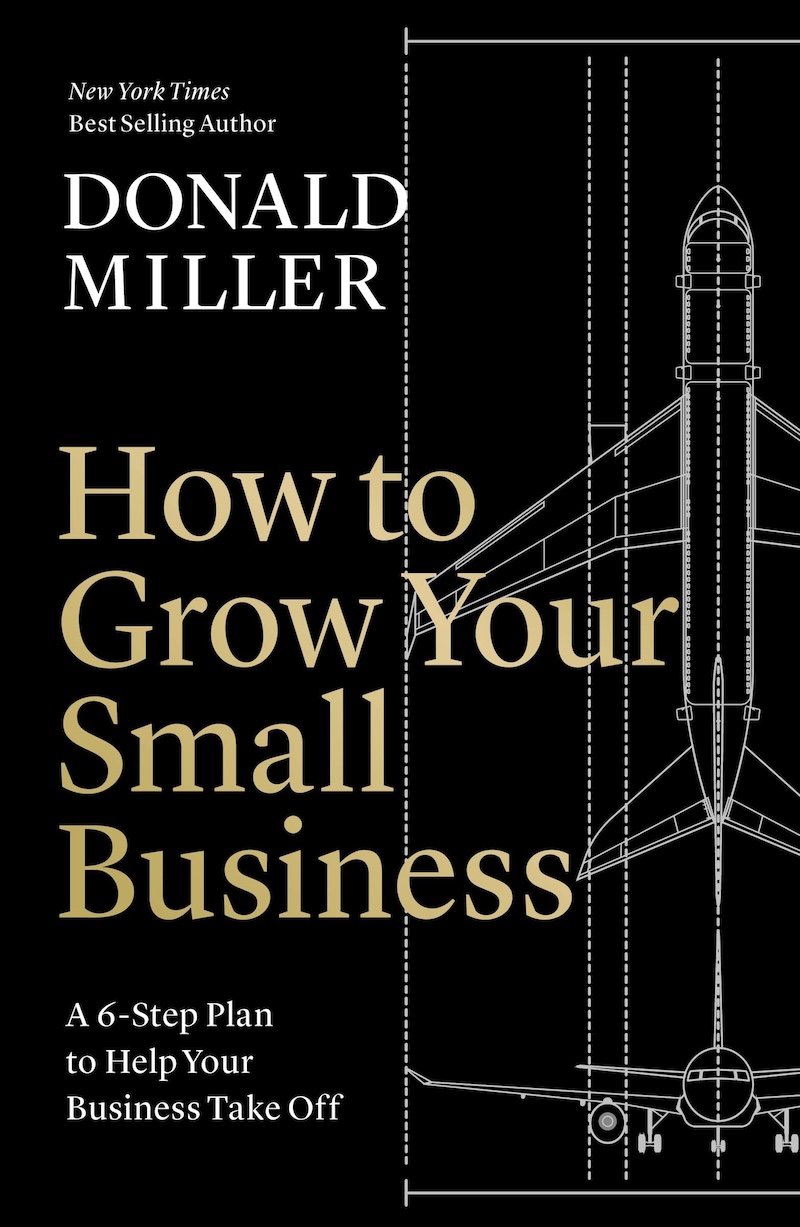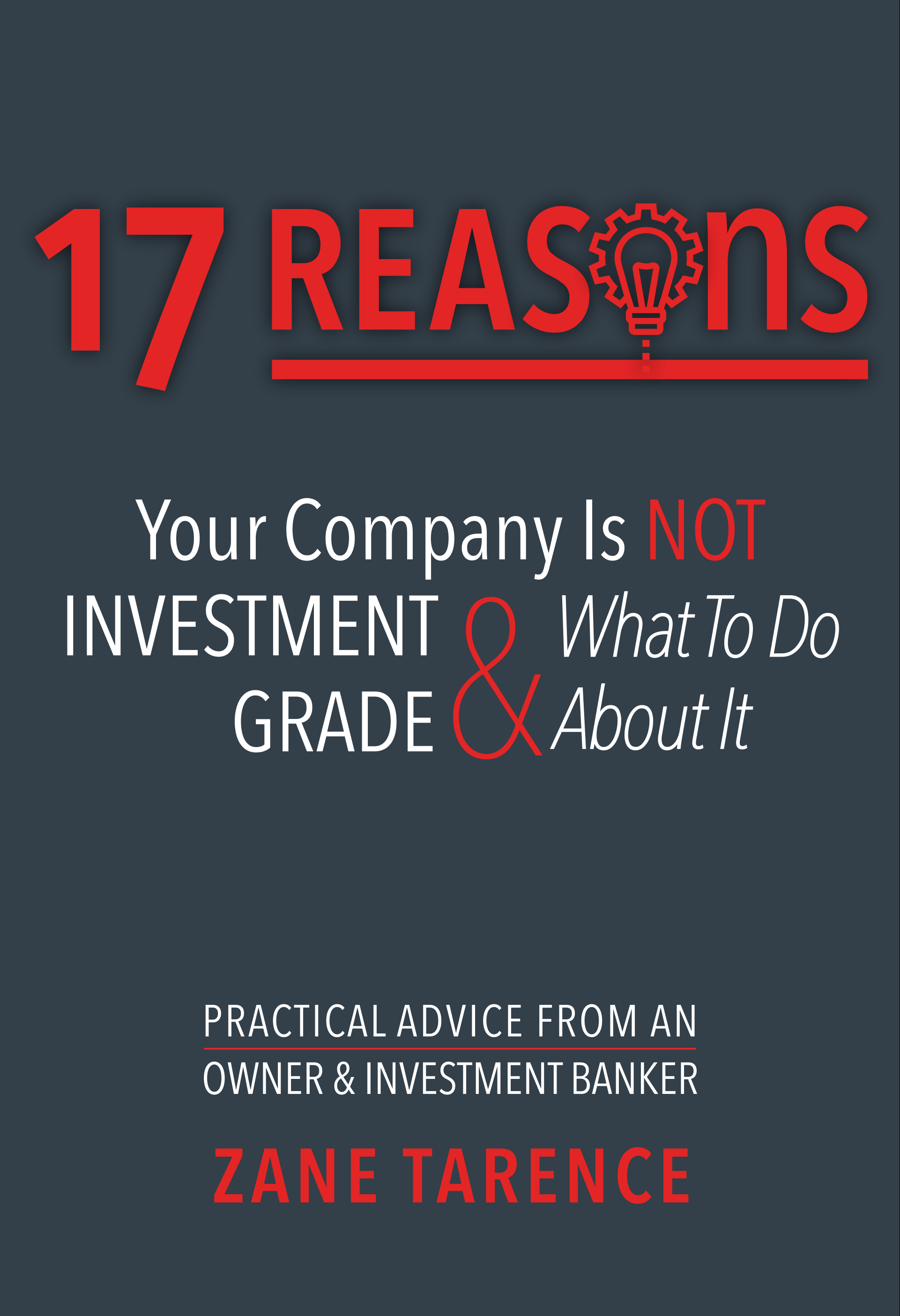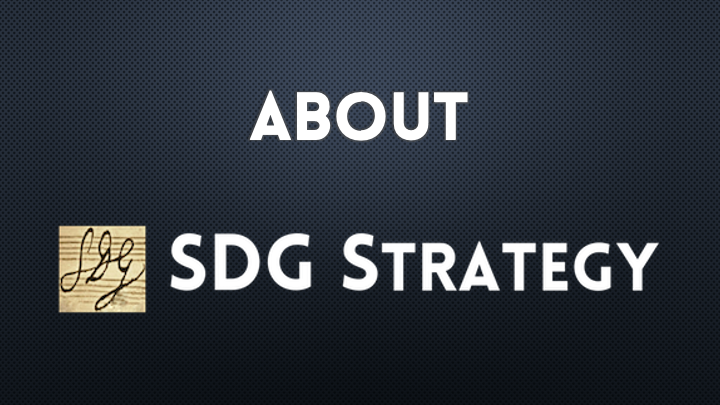The World is Watching
As Christians, we know that our faith is integral to who we are and gets reflected in what we think, say, and do. But the world around us is skeptical. They have seen enough hypocrisy and mediocrity from within the Christian camp to not put much trust in anything we say and to be critical of everything we do. The way we operate our businesses must be consistent with the faith we profess, including love, grace, and integrity.
After Dean Burnside bought a pest control business in Florida, he worked to instill a missions-minded culture in the business. The company’s website lists their purpose as “to represent Jesus Christ to the Gulf Coast while providing peace of mind at a fair price, protecting our environment as the leader in green pest management, and serving others with excellence in all we do.” He defined the company culture around 6 HABITS: Humility; Attitude (positive); Being diligent; Integrity; Taking care of customers, community, and each other; and Sharing the good news. In time, Dean decided to rename the company Good News Pest Solutions. He tells me that not a day goes by without someone asking one of his employees “what’s the good news?” They all carry a pamphlet that shares the good news of salvation through Jesus Christ that they can share with anyone who asks.
The World is Watching Read More »










